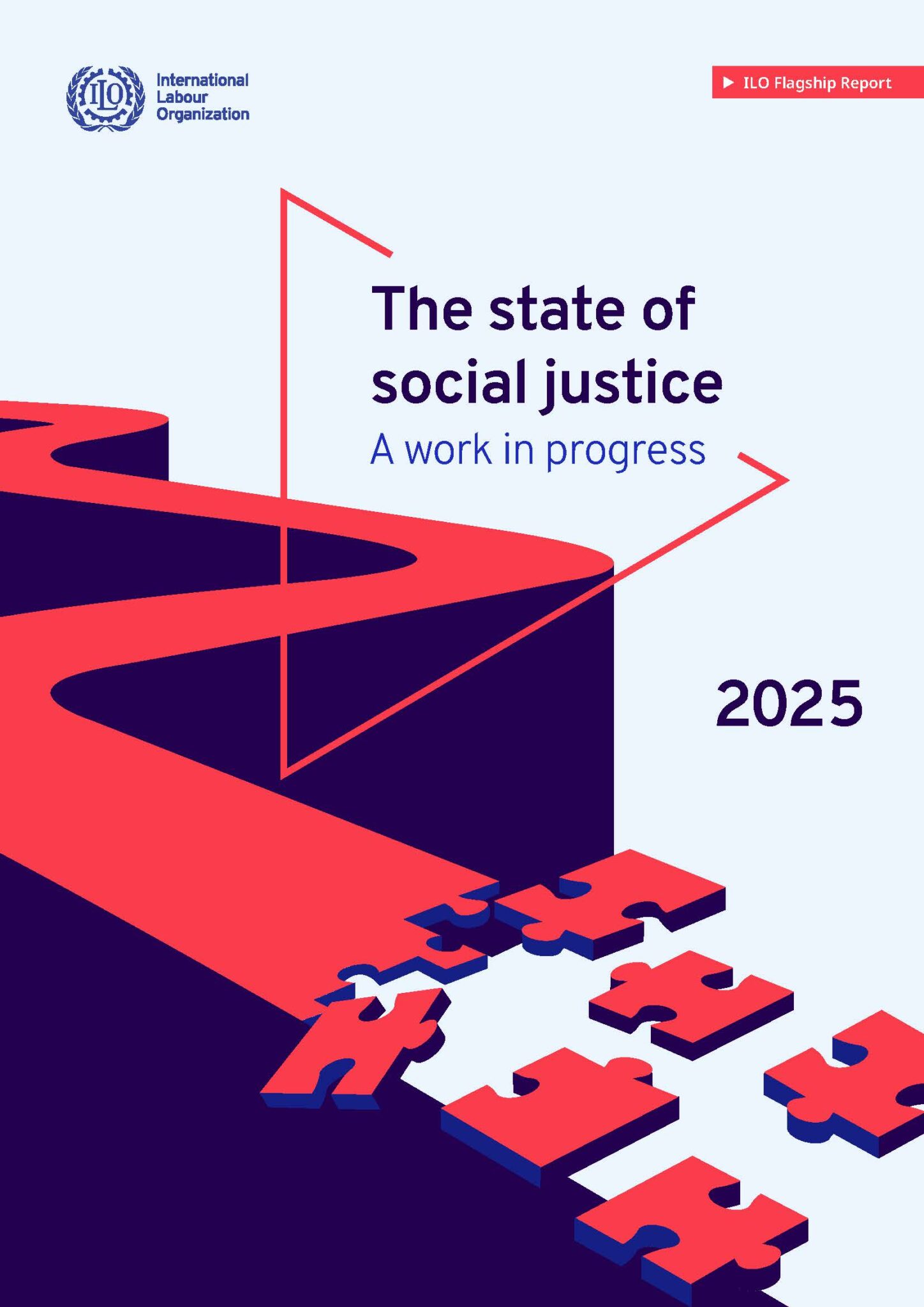
The State of Social Justice 2025
This report evaluates key indicators used to measure the global progress and ongoing challenges in achieving social justice, building on the premise of the ILO Constitution that “universal and lasting peace can be established only if it is based upon social justice”.
The State of Social Justice 2025 Read More »





